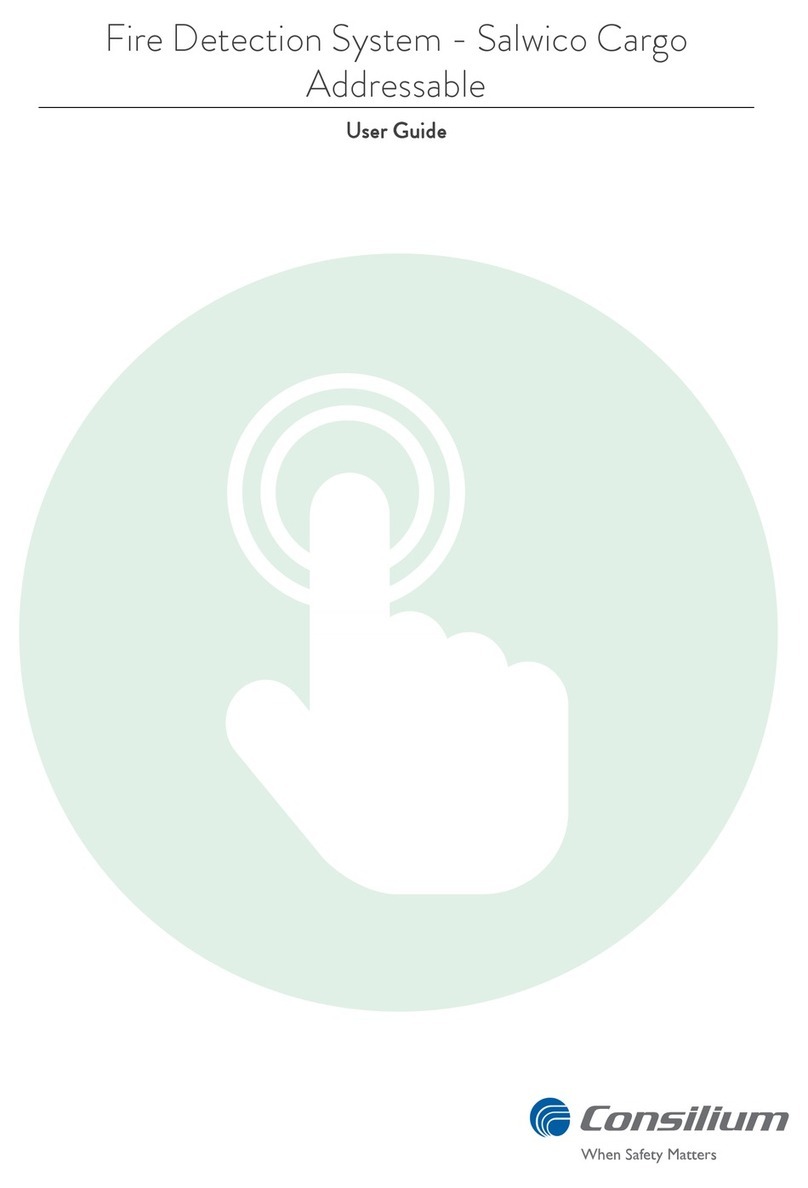
Table of contents
6.2 Control panels ................................................................................... 21
6.3 Loop units.......................................................................................... 21
6.4 Loop Units Installation Guidelines .................................................. 21
6.4.1 General comments when installing fire detectors.......................... 21
6.4.2 Fluorescent light sources................................................................ 22
6.4.3 Smoke detectors ............................................................................. 22
6.4.4 Aspiration detectors ....................................................................... 23
6.4.5 Heat detectors................................................................................. 23
6.4.6 Flame detectors .............................................................................. 23
6.4.7 Installations in hazardous (Ex-classified) location/area ................ 24
6.4.7.1 Intrinsically Safe Detector for Hazardous Areas .......... 24
6.4.8 Line heat detectors ......................................................................... 25
6.4.9 Address units.................................................................................. 25
6.4.10 Manual call points.......................................................................... 25
6.4.11 Electrical siren ............................................................................... 26
6.4.12 Short Circuit Isolator (SCI)............................................................ 26
6.5 Setting the address on loop units...................................................... 26
6.6 Installation examples for loop units................................................. 27
6.6.1 UB-6 base plate.............................................................................. 27
6.6.1.1 General information ...................................................... 27
6.6.1.2 Mounting of UB-6 base plate........................................ 28
6.6.1.3 Dismounting of UB-6 base plate................................... 28
6.6.2 CS-PYH detector ........................................................................... 28
6.6.2.1 General information ...................................................... 27
6.6.2.2 Mounting of CS-PYH detector to base UB-6 ............... 28
6.6.2.3 Dismounting of CS-PYH detector from base UB-6 ..... 29
6.6.3 CS-ASP aspirating smoke detector................................................ 29
6.6.3.1 General information ...................................................... 27
6.6.3.2 Mounting of CS-ASP.................................................... 30
6.6.3.3 Dismounting of CS-ASP............................................... 30
6.7 Mechanical installation examples for DIN rail components .......... 31
6.7.1 DIN rail .......................................................................................... 31
6.7.1.1 General information ...................................................... 27
6.7.1.2 Mounting of DIN rail.................................................... 31
6.7.1.3 Dismounting of DIN rail............................................... 31
6.7.2 Modules on a DIN rail ................................................................... 32
6.7.2.1 General information ...................................................... 27
6.7.2.2 Mounting of modules on a DIN rail.............................. 32




























